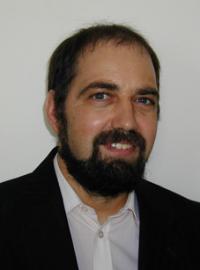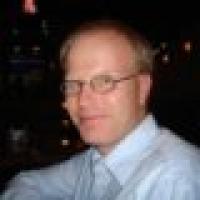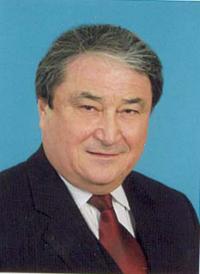Archive for April 2011
Origins, Visions, Plans & Wave Reactors
SPEAKER: CHRISTIAN TEICHERT DATE/TIME: MON, 04/25/2011 – 4:00PM TO 5:00PM LOCATION: 3105 ETCHEVERRY HALL Spring 2011 Colloquium Series Abstract: Low-energy ion irradiation of semiconductor surfaces [1] opens an elegant and efficient route towards fabrication of large-scale arrays of uniform semiconductor nanostructures. Using power spectral density analysis of atomic force microscopy (AFM) images, the degree of pattern uniformity can…
Read MoreTreatment of Epistemic Uncertainty in Risk Analysis: Implications for Risk-Informed Decision-Making
SPEAKER: DANA KELLY DATE/TIME: MON, 04/18/2011 – 4:00PM TO 5:00PM LOCATION: 3105 ETCHEVERRY HALL Spring 2011 Colloquium Series Abstract: Quantitative risk assessments are an integral part of risk-informed regulation of current and future nuclear plants in the U.S. The Bayesian approach to uncertainty, in which both stochastic and epistemic uncertainties are represented with precise probability distributions, is the…
Read MoreThe Spent Nuclear Fuel and Non-Proliferation
SPEAKER: BEKHZOD YULDASHEV DATE/TIME: MON, 04/04/2011 – 4:00PM TO 5:00PM LOCATION: 3105 ETCHEVERRY HALL Spring 2011 Colloquium Series Abstract: The review of the activities on repatriation of highly enriched spent fuel from research reactors as well as data on the conversion of research reactors to low enriched fuel will be presented. About the Speaker: Professor Bekhzod Yuldashev is…
Read More

